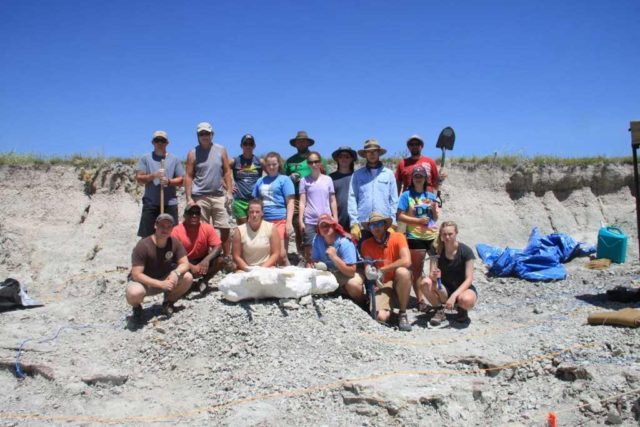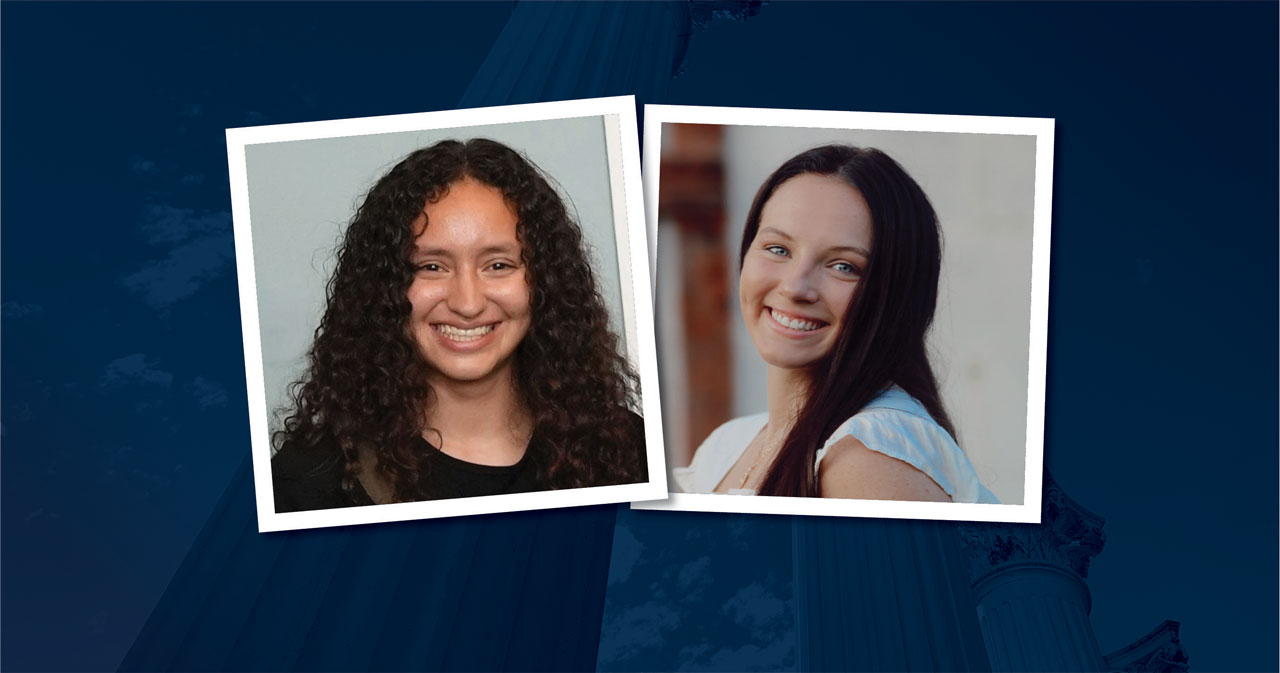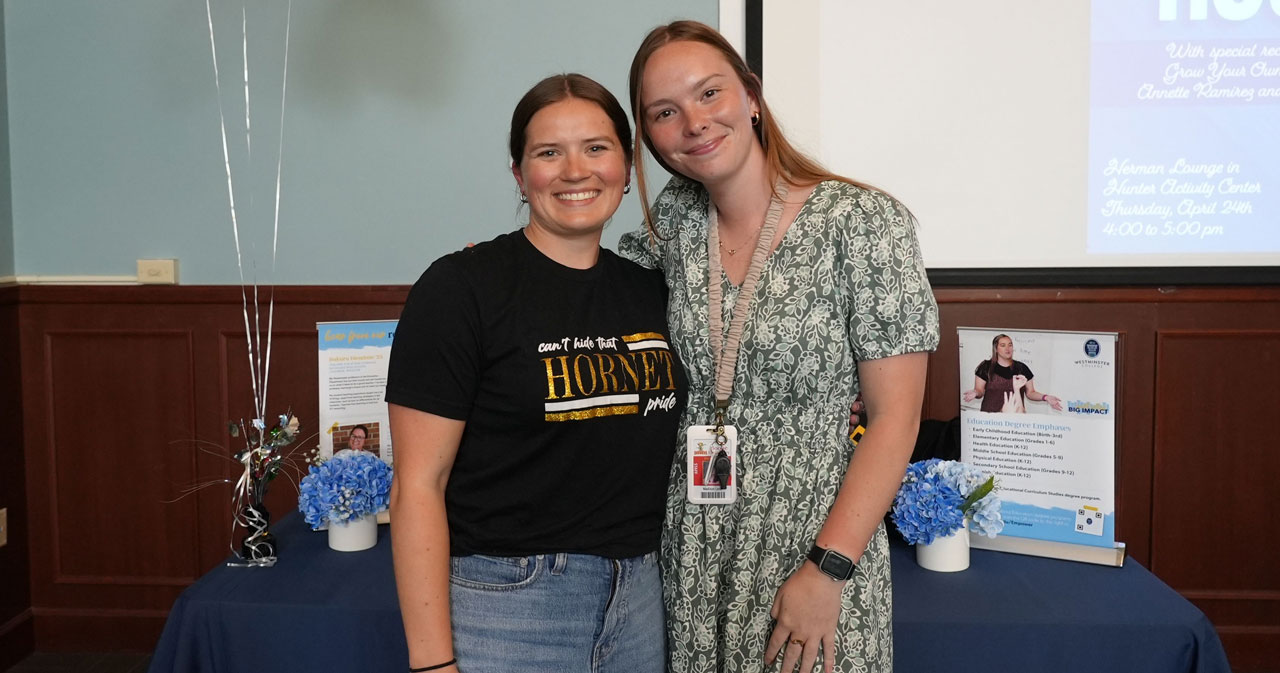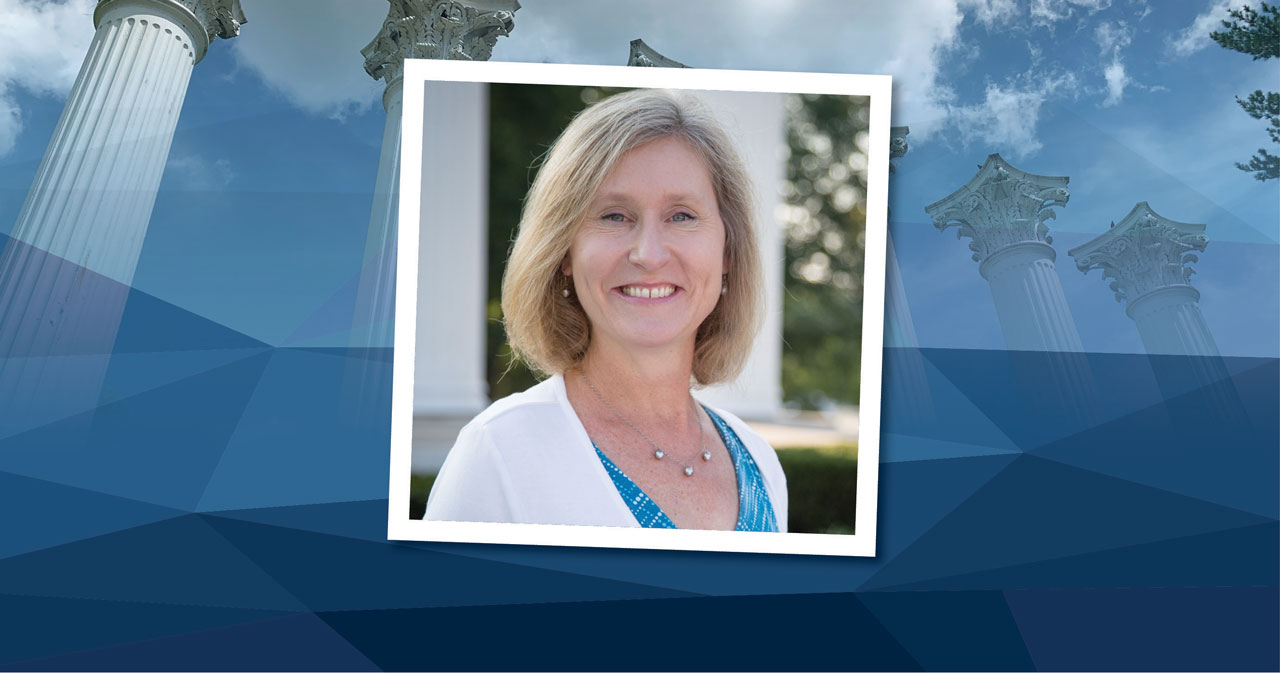Digging up the bones of animals who roamed the earth millions of years ago in the Badlands was the adventure taken by ten Westminster College students and two professors this summer. Dr. David Schmidt, Associate Professor of Environmental Science and Geology, and Dr. Chris Halsey, Assistant Professor of Chemistry, led this three week fossil excavation trip from May 29-June 15.
Students who were part of the expedition include: Amy Green, a junior from Springfield, MO; Paige Harris, a junior from Laddonia, MO; Mallory Hubbard, a junior from St. Louis, MO; Mikael Ruga, a recent graduate from Rhineland, MO; Eric Woytus, a sophomore from Ellisville, MO; Sawyer Young, a junior from Fulton, MO; Olivia Bailey, a junior from Fulton, MO; Cassie Beahler, a recent graduate from Liberty, MO; and Zach Stafford, a senior from Belleville, IL, who is also on the Board of Trustees. Bailey and Beahler shot a documentary as a part of their internship, which will premiere at the Hancock Symposium,
“I’ve never had a more exciting three weeks in my life,” says Hubbard. “This course allowed me to get course credit and learn about geology first-hand, but also allowed me to experience some of my favorite things. I was able to travel to parts of the U.S. I’ve never visited, visit national parks I’ve always dreamed of going to, answer questions about the earth I’ve always wondered about, and create memories with others that will last a lifetime.”
The site revealed a wealth of fossil material to recover because it was part of an ancient stream channel where deposition of skeletal material took place over hundreds or thousands of years. The Westminster group was able to recover at least three skulls (one nearly a meter long), limb bones and vertebrae from a variety of different-sized animals. Dr. Schmidt believes the high concentration of bone left in that area will provide recovery and research projects for years to come.
Ruga thought the spectacular scenery on the trip, which included Badlands National Park, the Devil’s Tower in Wyoming, and the group’s field site in Nebraska was a high point.
Woytus found the extreme change in temperatures at the site-hot by day and freezing cold at night-to be the biggest surprise of the trip. His greatest pleasure as the only sophomore in the group was getting to know his upper class fraternity brother Zach Thomas so well and finding out how much Zach knew about geology.
Hubbard enjoyed sleeping on a picnic table beside the Missouri River and swimming in an artesian spring. “The water was freezing and the sand suctioned to our feet,” she says about the artesian spring swim. “But the pressure of the spring kept us afloat. It was definitely a once in a lifetime experience.”
The trip was not without excitement. Ruga tells about a huge cotton wood tree which fell across the road close to their tents.
However, in spite of “roughing it,” all agreed the educational benefits of the trip were priceless. “These field courses allow us to learn concepts by actually seeing the forces of nature in action” says Woytus.
Ruga agrees. “You can learn a lot in a classroom but you can only learn so much that way. Being able to actually see and do makes a world of difference. These are the types of experiences students are drawn to.”
Dr. Schmidt describes this three week adventure as “by far, one of the most exciting experiences of my professional career.”






